
Assisted reproduction
Embryo adoption
Thanks to the generosity of patients who have gone through some of the same infertility problems as you, the reception of donated embryos could be a viable alternative if you decide to become a patient.
What is embryo adoption?
Embryo reception or adoption consists of transferring, to the uterus of the patient, embryos from couples who, having undergone an assisted reproduction treatment and in the majority of cases having achieved the desired result, decide to anonymously donate their remaining embryos so that another couple or woman can also become pregnant.
The donation of embryos is absolutely voluntary for the donor couple and does not entitle them to any type of economic compensation, but it certainly represents a great hope for other couples.
Embryo adoption is also known as embryo donation, seeing as one couple donates and the other adopts.
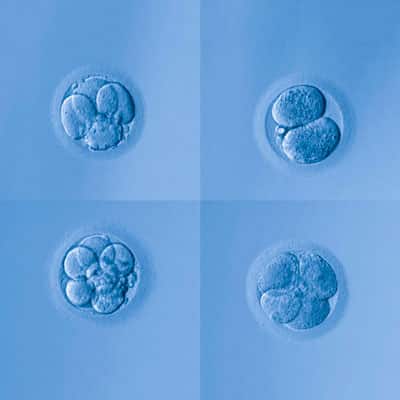
What do you need to know about embryo donation?
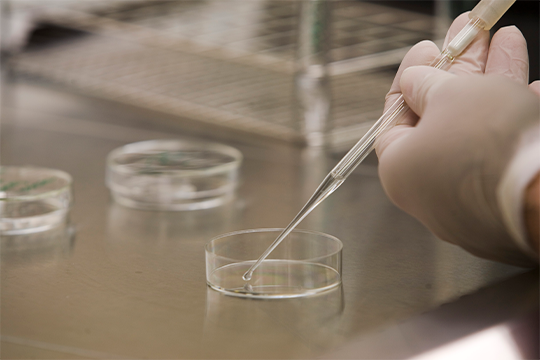
- Embryo adoption is completely legal in Spain, independently of the nationality or origin of the patient.
- Embryo adoption is wholly anonymous. Ginefiv cannot reveal the identity of the donor couple to the receiving couple, nor vice versa.
- Before transferring any embryo from a donation, our team checks the medical history of its progenitors. The criteria that the progenitors must fulfil are the same whether it is for the donation of oocytes or semen (age, supplementary testing, etc.).
- In embryo donation, we always seek the best possible phenotype affinity between the patients and the donor couple.
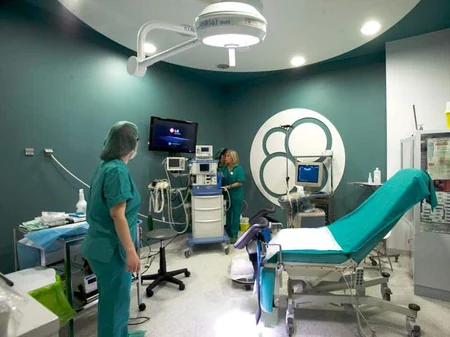
What are the main advantages of this technique?
The main advantage of embryo adoption is the cost. Bear in mind that donor couples do not receive any sort of compensation for their donation.
Furthermore, the embryos come from couples who, in the majority of cases, have already produced a child from embryos obtained in the same treatment. The success rate is approximately 40% per transfer.
Additionally, opting for the transfer of donated embryos avoids the need to go through the most uncomfortable phases of IVF (ovarian stimulation and ovarian puncture).
Phases in embryo adoption
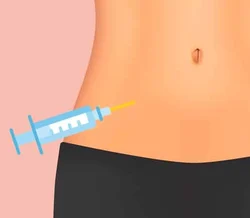
Phase-1
Endometrial preparation
Hormonal medication is administered to favour the thickening of the endometrium, which is where the embryo will be implanted. Ginefiv is open 365 days a year so we will always adapt to your cycle, not the other way round.
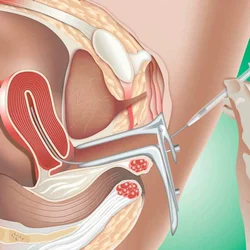
Phase-2
Embryo transfer
Once the endometrium is ready, embryo transfer is performed and this consists of using a catheter to deposit the embryos in the uterus of the receiving mother. This is a simple, painless and quick procedure.
Is there a waiting list to adopt donated embryos?
Even though Ginefiv is one of centres in Spain which carries out the most assisted reproduction treatments, allowing it to keep a relatively ample bank of donated embryos, embryo availability may still be subject to a waiting list. In any case, you will always be kept informed about all progress at all times.
Certain phenotypical factors which are uncommon within the Spanish population, such as those of African or Asian origin, may increase the waiting time for embryo adoption









